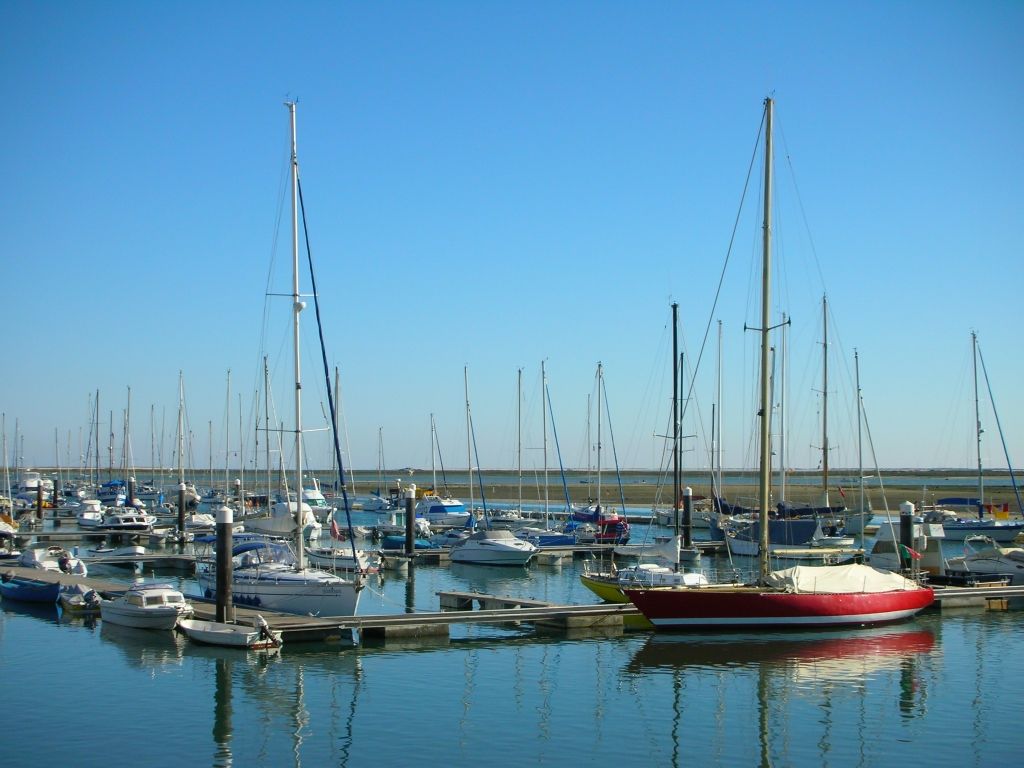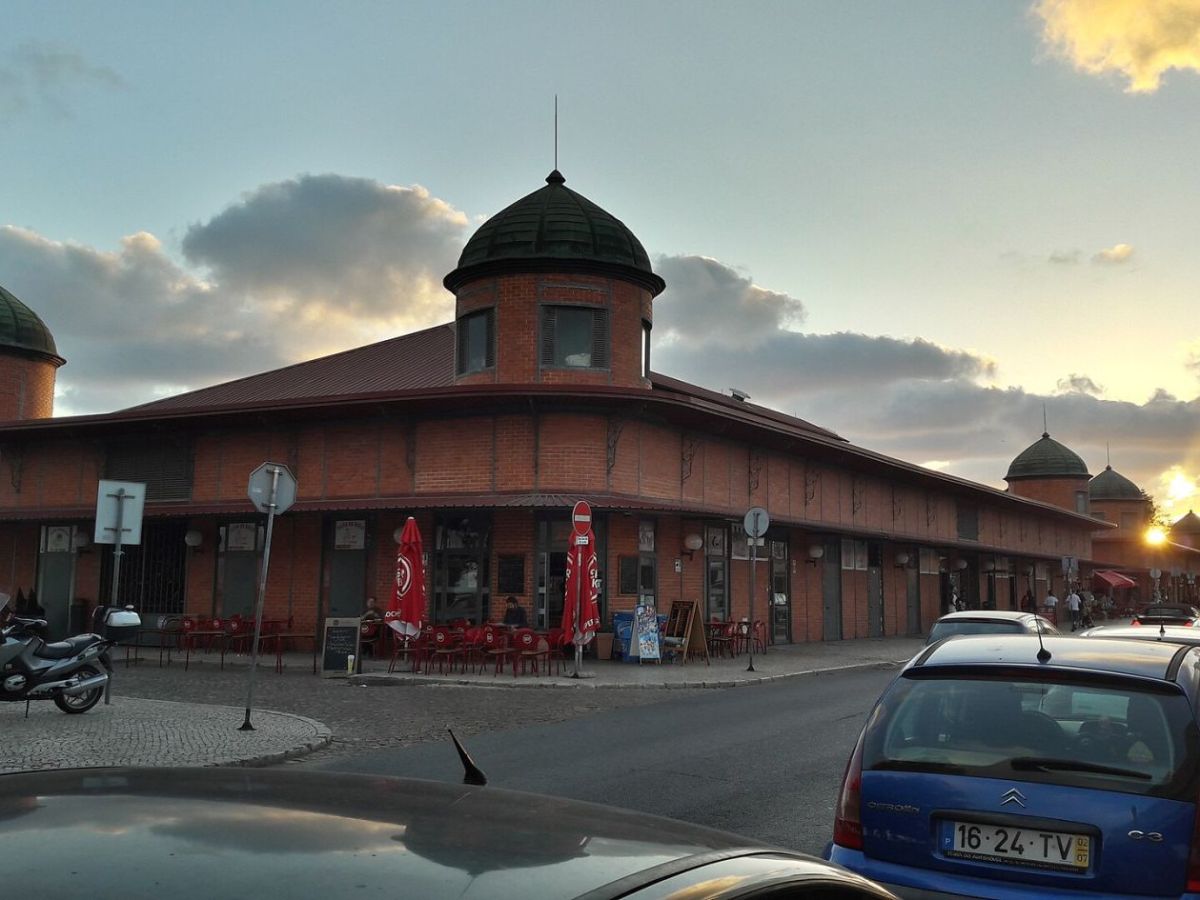My Aunt Maria was my grandmother Isabel’s younger sister.
When I was a child, I heard about her, and she had taken a bad step in life: she had gotten pregnant and been abandoned by her boyfriend. In the 1930s, being a single mother was a difficult situation to tolerate. So, I don’t know if it was on her own initiative or because her family insisted, but she had to leave for Olhão.
In that town, she rebuilt her life by getting together with a “chalão” (a local fishmonger), my uncle Paulo, who took her in, along with her daughter, my cousin Alice. From this union, another son was born.
The term “chalão”, I don’t know its origin, but it is possible that it derives from the word “chui”, used in fish markets to complete a sale.
But let’s get back to our story and my childhood memories, particularly of my first big trip, to the town of Olhão, which was about 10km away.
I don’t have many memories of the trip itself. I remember riding high up on the mule’s saddle, holding onto my mother’s waist. Arriving at Lagoão, we entered the main road, dusty and with its crumbling macadam, bustling with mules, donkeys, carts, and cyclists. Every now and then, a truck would pass by, honking, stopping the animal traffic and covering everything in a cloud of dust.
Finally, we arrived in the town. We went to keep the animal, if I remember correctly, in Vítor’s stable, then we continued along Av. da Répulica towards the shopping street.
For me, who only knew the small village of Moncarapacho, everything was grand, with people everywhere. The factory sirens deafened our ears, a sign that fish had arrived, and called the women to work, who hurriedly ran, some in white coats already on, others with them tucked under their arms. Arriving late meant seeing your place taken and not earning, even a little; for many, this money was the family’s livelihood.
On the way, on the left side of the avenue, we passed the public well, quite different from the Relva well I knew. Here, water carriers, with enormous carts pulled by mules or horses, competed for water to supply the population, who didn’t have a well in their backyards.
Another thing I found strange was Olhão’s foul odor, which permeated everything and became our constant companion. Really, it was bad!
When we entered the shopping street, I was dazzled; shops and people were everywhere, bustling with shopping. The paved street, with a central canal covered with an iron grate, was inviting to run over it, which I did not resist.
The fabric store, right at the end of the street, on the right side, was packed with customers. The employees, holding a measuring stick, in a rush, they ran behind the counter, pulling pieces of fabric from the shelves, unfolding and displaying the fabrics. After much “I want this one, I want that one”; once the sale was complete, they measured, cut and wrapped orders.
My mother, while I watched everything, did the shopping and said to me, “Now let’s have lunch at a ‘casa de pasto’.” We walked down an alley, which began by crossing the street in front of the store, at the top of which, on the ground floor of a first-story building, stood the aforementioned “casa de pasto”. On the upper-floor balcony, there were two or three women, wearing colorful clothes and painted faces, laughing exuberantly. I was dragged into the restaurant, ordered not to look at them, as they were bad life women. At the time, I didn’t understand the meaning of such an expression.
About my first lunch in a restaurant, it was wonderful, they served stewed rooster with potatoes and, with a very red pepper sauce, even today, when I think about it, I can taste it.
After lunch, we headed to visit Aunt Maria. At the end of the alley that leads to a wider street, I came across the beauty and grandeur of two buildings side by side, separated by a small square, built of red brick, with rounded towers at each corner, topped by pointed domes; they reminded me of palaces from Arabian Nights. These were the fish and vegetable markets.
Inside the market, the confusion was enormous; people and fish everywhere, huge tuna arriving from the traps, waiting to be loaded into a canning factory. And, the stench was much worse. Luckily, in that chaos, we found Uncle Paulo, who I only knew by name. He was a frail figure: with a dark sun-beaten face, a defect in one eye, and a beret pulled down low on his head; he was barefoot, with his pants rolled up to his shins. However, this attire didn’t stand out from the rest, as almost everyone wore it.

We were warmly welcomed and he offered to take us home to see the rest of the family.
We exited through the west gate and entered a cluster of shacks, which they called “barraquinhas.” They were wooden houses, many of them built on stilts, with the water of the sea flowing beneath. Following Uncle Paulo, walking on wooden planks, we arrived at our aunt’s shack, who was delighted with our visit.
The conversation was brief; we still had a long way to go before nightfall. We said our goodbyes, with Aunt Maria promising to visit us at the house in the “Cova da Onça”,
After a day full of adventures, the return is always desired, but tiring, dragging me behind my mother, we took the mule and returned home, where we arrived at twilight.
by José G. Gago













